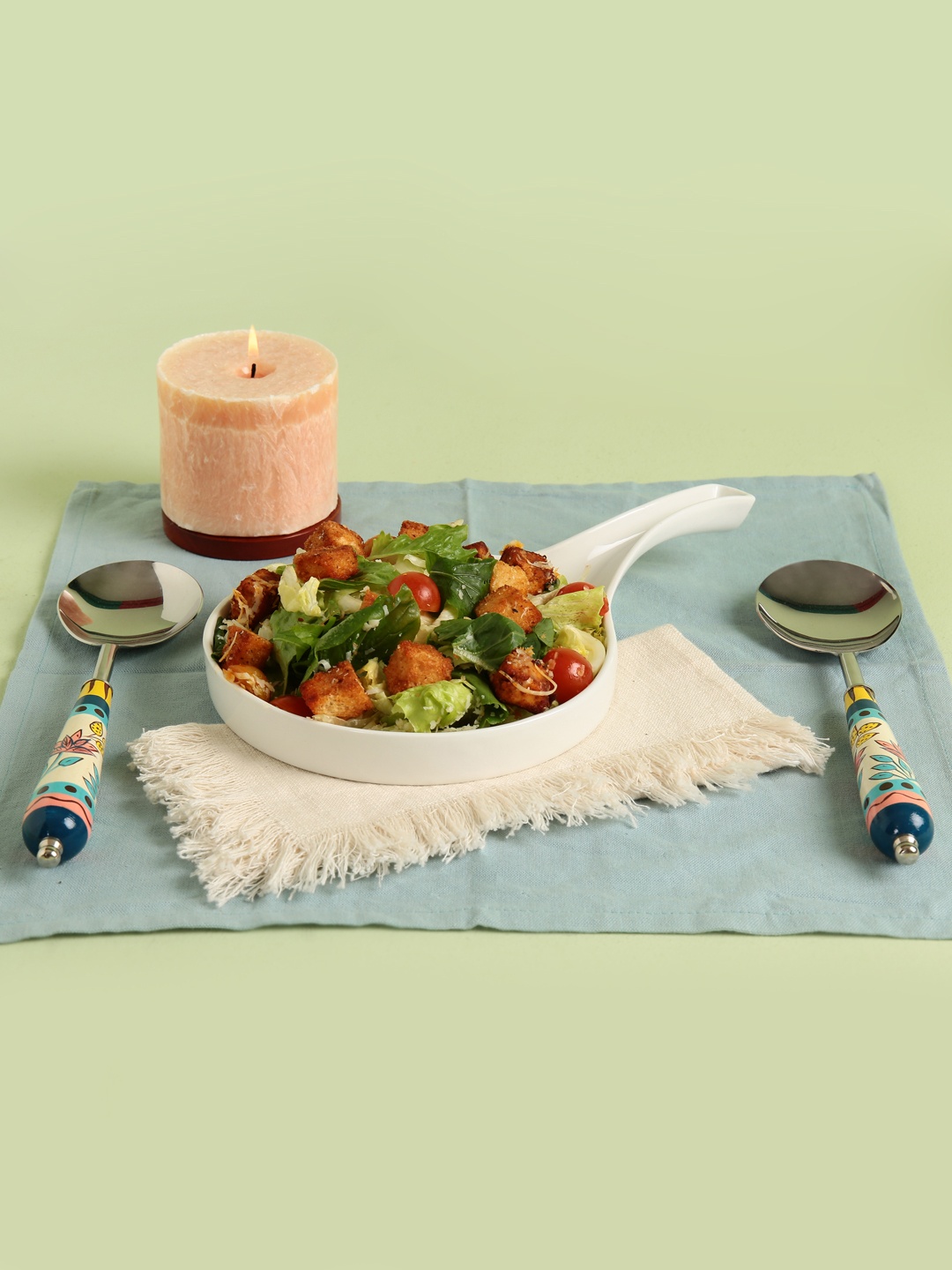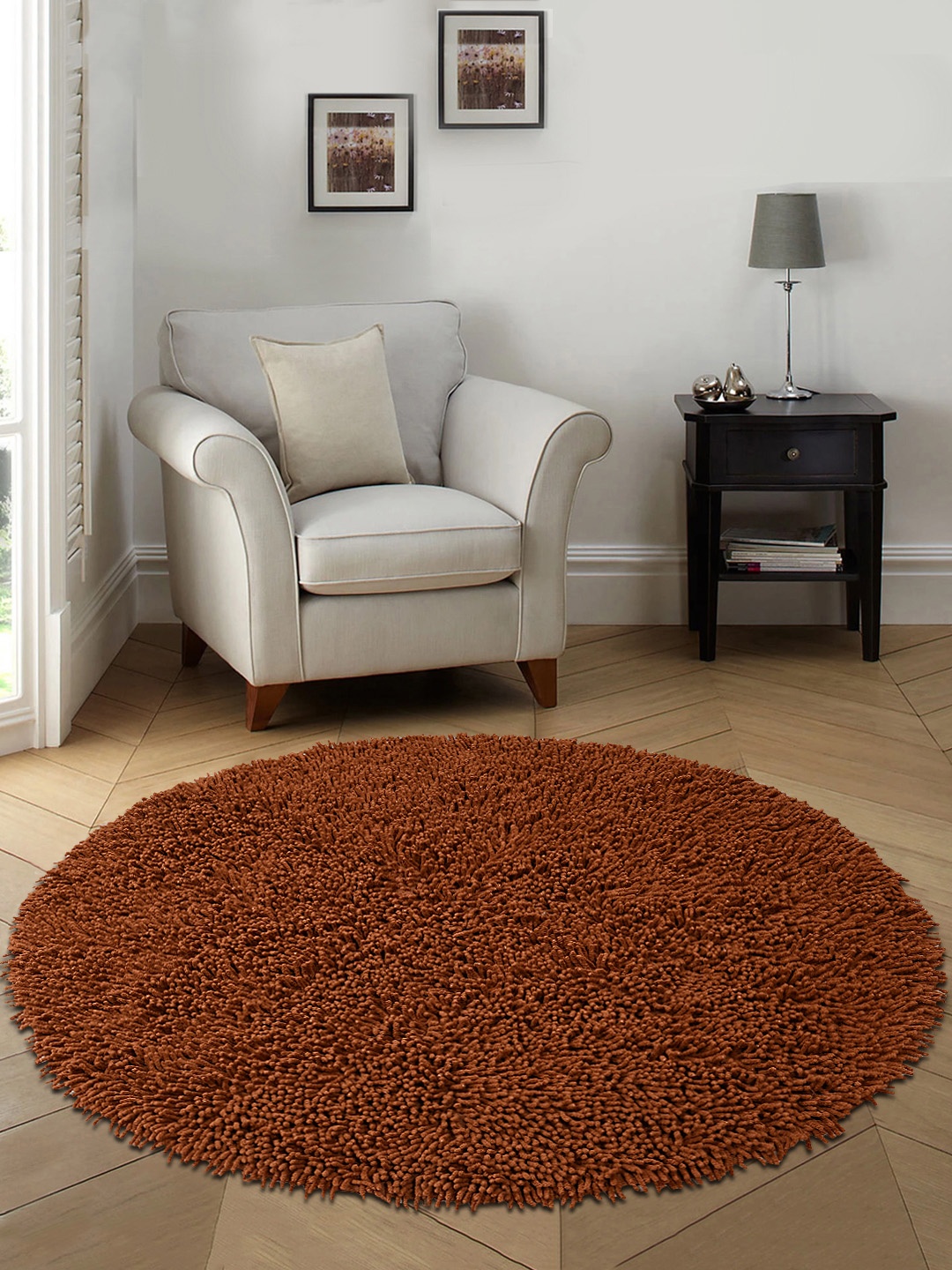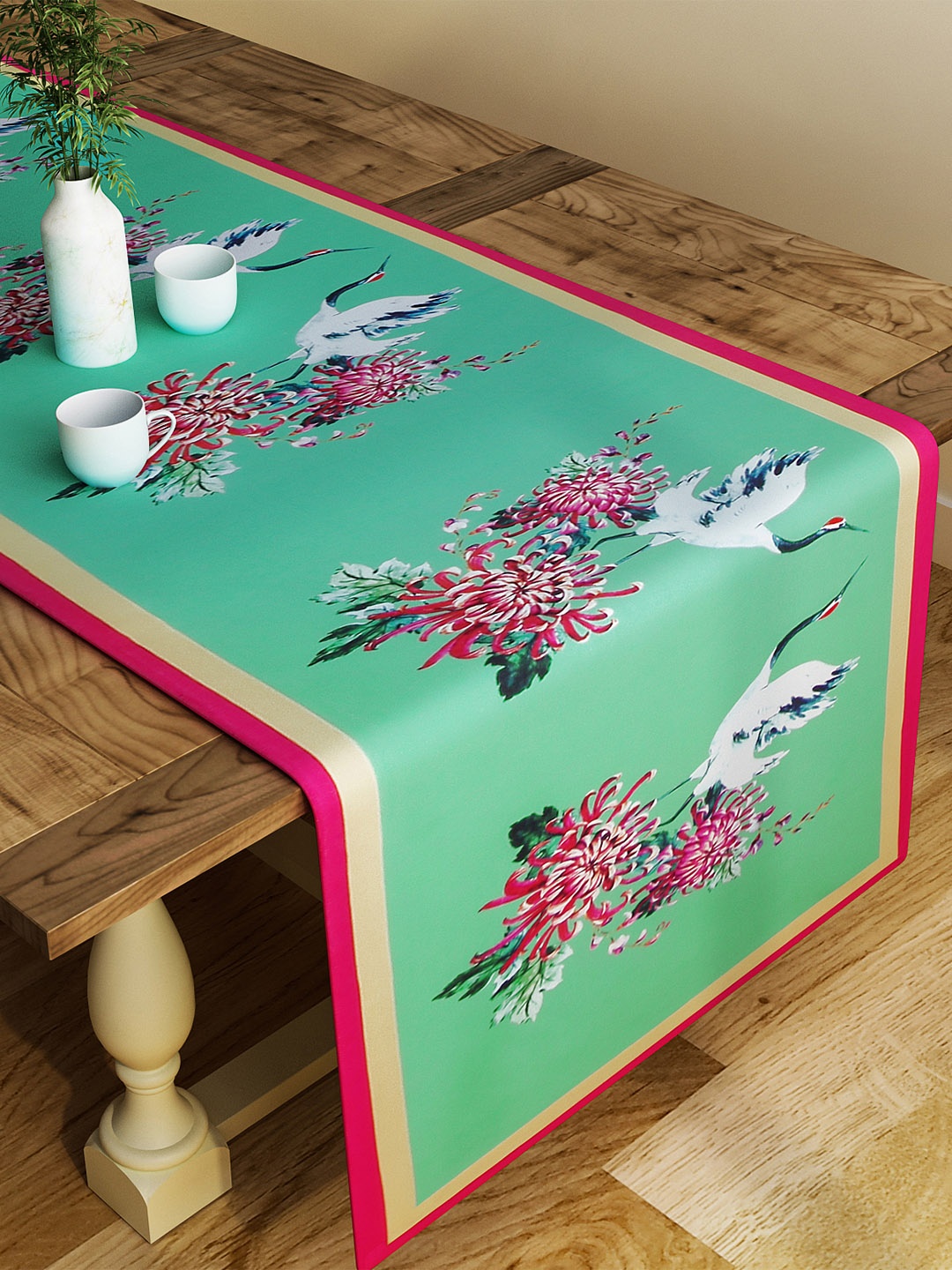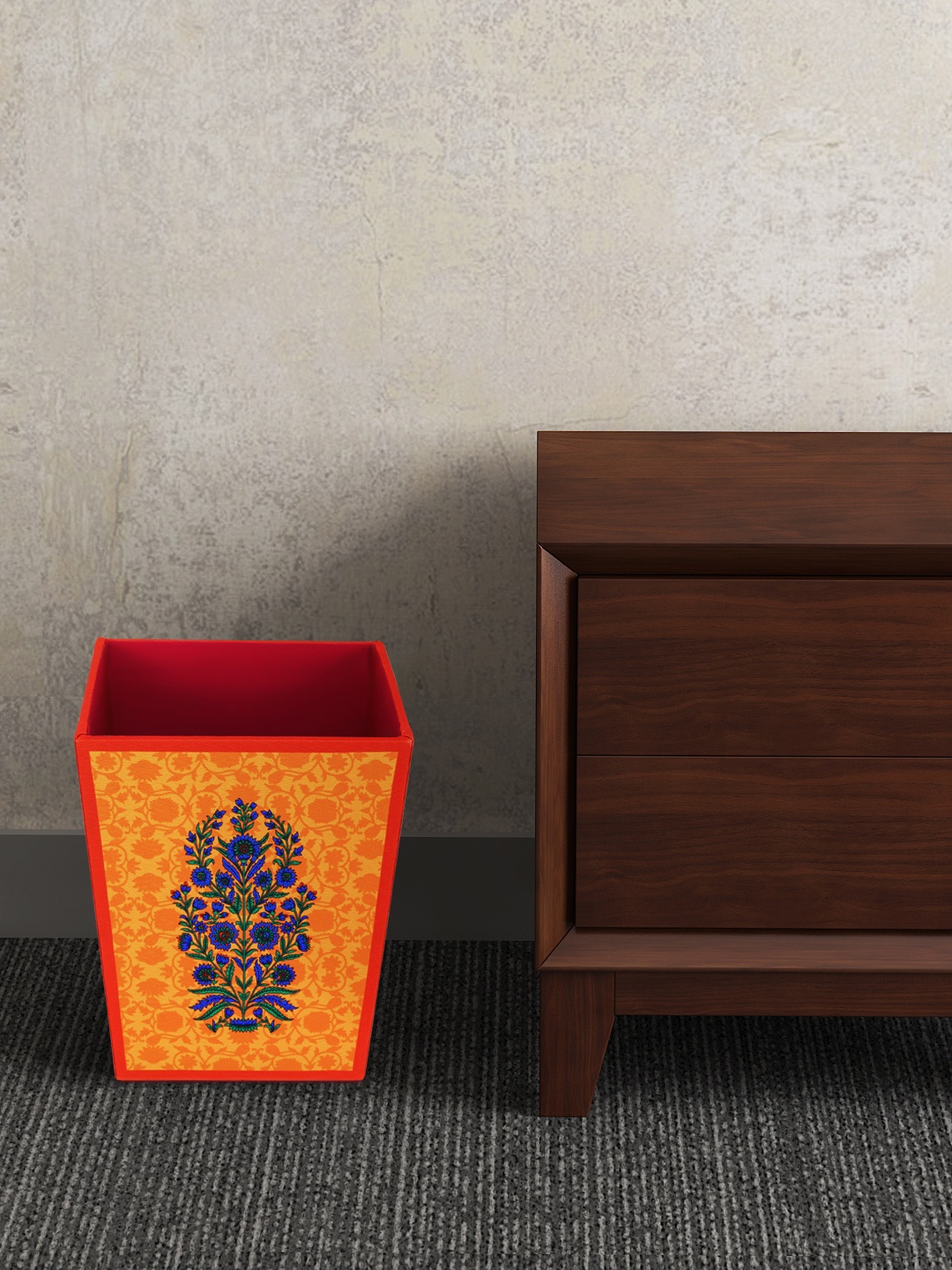How To Choose The Best Curtain Fabrics That Don't Turn Into A Dust Trap: 10 Key Tips
Curtains do more than block sunlight and add beauty to a room. Let us unravel the world of curtains, discover why some materials hold on to more dust than others and explore how to make a healthier, stylish choice for your home. Let's explore how to choose the best curtain fabrics that keep your home stylish and breathable without becoming a dust magnet.

Do Your Curtains Trap Dust? How To Choose A Better Fabric.
Walk into any living room on a summer afternoon and you'll often see sunlight streaming through curtains, catching fine particles of dust swirling in the air. Curtains, while elegant, are like silent guardians that collect these particles day after day. Over time, they become a hidden reservoir of dust mites and allergens. For many households, this means sneezing fits, watery eyes, or simply a sense that the air doesn't feel fresh.
Choosing the right curtain fabric can change this story. It's not just about colour, pattern, or matching the sofa cushions. The weave, weight, and texture of the fabric all decide how much dust gets trapped. Making the right choice can reduce cleaning stress, improve air quality, and even save money in the long run.
Let's explore how to choose the best curtain fabrics that keep your home stylish and breathable without becoming a dust magnet.

Do Your Curtains Trap Dust? How To Choose A Better Fabric.; Photo Credit: Pexels
1. The Hidden Dust Collectors in Your Home
Curtains are often overlooked when thinking about cleanliness. Floors get swept daily, sofas get vacuumed, and bedsheets are washed often. Curtains, however, tend to hang quietly in the background. Yet, every time a window opens, or a fan whirs, fine particles settle into those folds of fabric.
In cities, the dust carried in through windows is relentless. Vehicles on busy roads leave a fine grey coating, while construction sites throw in extra layers of grime. Rural areas may have fewer vehicles but plenty of fine soil dust floating in the breeze. Curtains absorb it all, becoming both a decorative piece and an accidental dust filter.
When neglected for weeks or months, they release a small storm each time they're brushed aside. That's why people often sneeze after pulling them back in the morning. Understanding this hidden role helps us see curtains not just as décor, but as active participants in our daily health.
2. Why Fabric Choice Matters
Every curtain fabric behaves differently with dust. Heavy materials like velvet or brocade look luxurious but tend to hold onto particles more stubbornly. Their dense weave offers plenty of hiding spots for dust mites, making them tough to clean. On the other hand, lighter fabrics such as cotton or linen breathe better, releasing dust more easily when shaken or washed.
Synthetic fabrics like polyester are tricky, they may resist moisture but can cling to dust due to static. The choice isn't just about looks; it directly affects air quality and maintenance. People often pick curtains solely on colour or design, forgetting that fabric texture determines how often they'll need to be washed.
Selecting wisely means fewer cleaning headaches and a fresher home. A fabric that resists dust build-up can ease allergy symptoms and keep interiors looking cleaner for longer. Curtains are not just a backdrop; their material can set the tone for comfort and wellbeing indoors.
Also Read: 5 Best Curtains That Block Heat, Keep Rooms Cool and Make Spaces Cosy Year-Round
3. Cotton Curtains: Light, Breezy and Practical
Cotton has long been a favourite in homes for its natural softness and breathability. As curtain fabric, it works beautifully because it allows air to pass through, preventing heavy dust accumulation. Unlike velvet or silk, cotton doesn't cling as stubbornly to particles. With regular washing, it stays fresh and crisp.
Cotton curtains come in countless colours and prints, making them versatile for any décor style. They can brighten a room with cheerful florals or bring sophistication with solid earthy tones. Another advantage is affordability. A pair of cotton curtains might cost as little as ₹800 to ₹1,200, making them budget-friendly and replaceable when styles change.
The best part? Maintenance is easy. A quick machine wash with mild detergent is usually enough. In households with children or pets, cotton curtains survive spills, paw prints, and dust storms far better than delicate fabrics. For those who value convenience and comfort, cotton is a trustworthy companion.
4. Linen Curtains: Effortless Elegance with Low Maintenance
Linen strikes a perfect balance between beauty and practicality. It has a natural, slightly textured appearance that adds quiet charm to any room. More importantly, linen is resistant to dust build-up because of its looser weave and breathable fibres. The fabric doesn't cling as tightly to particles, making it easier to shake out or wash.
While linen curtains can be slightly more expensive, around ₹1,500 to ₹2,500 per pair, the durability makes them worth the investment. They soften with each wash, ageing gracefully without losing their elegance. For homes in humid regions, linen also scores points for being quick-drying and less prone to mildew compared to heavier fabrics.
Imagine a summer afternoon with pale linen curtains swaying gently as the breeze flows in. The room feels airy, light, and uncluttered, not weighed down by fabric or dust. Linen works especially well for minimalist spaces or those looking to create a natural, calming vibe indoors.

Do Your Curtains Trap Dust? How To Choose A Better Fabric.; Photo Credit: Pexels
5. Polyester Curtains: Affordable but Static-Prone
Polyester has grown popular for being pocket-friendly and easy to dye in a range of vibrant shades. At first glance, it seems like a practical choice for busy households. Curtains made of polyester can cost as little as ₹500 to ₹900 per pair, making them one of the cheapest options available.
However, polyester carries a drawback, it generates static, which makes dust cling to it. Unlike cotton or linen, where dust can be easily shaken out, polyester tends to hold on until washed thoroughly. This means more frequent cleaning if you live near a busy road or a dusty area.
That being said, polyester has strengths too. It resists wrinkles, retains colour well, and doesn't shrink after washing. For decorative curtains in less dusty rooms, like a study or a guest bedroom, polyester can still be a reasonable choice. Just be prepared to vacuum or wash it more often to keep allergies at bay.
6. Silk Curtains: Luxury at a Price
Silk curtains instantly bring grandeur to a room. Their sheen and fluid drape are unmatched, making them a favourite for formal living areas. But while silk looks divine, it isn't the friendliest when it comes to dust. The delicate fibres attract particles, and washing them at home can be risky.
Professional dry-cleaning is usually required, which means regular upkeep costs. A pair of silk curtains can easily start from ₹3,000 and go upwards depending on the quality. For households sensitive to dust, silk can be a challenge. Dust accumulation not only dulls the shine but also makes the fabric more fragile over time.
Silk, therefore, is best suited for spaces used less frequently or for purely decorative purposes. If luxury is the priority and maintenance isn't a concern, silk can still be a showstopper. But for everyday practicality and cleaner air, it may not be the wisest pick.
7. Velvet Curtains: Drama with Dust Risks
Velvet brings theatre into a room. The thick, plush fabric blocks out light beautifully and keeps rooms cosy in cooler weather. Its royal look makes it popular for drawing rooms or bedrooms aiming for a rich, dramatic atmosphere.
The downside? Velvet is a dust magnet. Its dense pile holds particles like a sponge, making it heavy and difficult to clean. Even vacuuming can be challenging because dust burrows deep within the fibres. Professional cleaning is almost unavoidable, adding to long-term costs. Velvet curtains can start from ₹2,500 and go much higher, depending on the quality.
For households with pets, velvet can be especially troublesome, as fur clings stubbornly. However, if maintained well, velvet curtains can transform a space into something spectacular. They're best for larger homes where style takes precedence over ease of cleaning. Think luxury hotels or formal dining areas rather than everyday living rooms.

Do Your Curtains Trap Dust? How To Choose A Better Fabric.; Photo Credit: Pexels
8. Blended Fabrics: The Middle Ground
Blended fabrics, such as cotton-polyester or linen-synthetic mixes, are designed to offer the best of both worlds. They combine natural fibres' breathability with synthetic fibres' durability. These blends are easier to maintain, wrinkle less, and often come at a mid-range price point of ₹1,000 to ₹1,800 per pair.
For families who want practical curtains without compromising on style, blends are a smart choice. They resist shrinking, hold colour well, and trap less dust compared to pure synthetics. The blends are also versatile, whether you want soft sheers for a breezy balcony door or thicker drapes for a cosy bedroom.
A key advantage is longevity. Blended curtains withstand frequent washing better than delicate silks or velvets. This makes them ideal for busy households with children, pets, or anyone who doesn't want the hassle of constant dry-cleaning. With blended fabrics, maintenance feels more manageable without losing out on charm.
9. Cleaning and Care Tips for Healthier Curtains
Even the most dust-resistant fabric needs regular care. Curtains should ideally be washed or cleaned every three to four months. For cotton or linen, a simple machine wash works. For polyester, vacuuming weekly and occasional washing helps. Delicate fabrics like silk or velvet require professional care, though a regular shake-out in the sun can reduce dust build-up in between washes.
A useful habit is to pair curtain cleaning with seasonal home cleaning routines, like before festivals or the arrival of monsoon. Sunlight also acts as a natural disinfectant, so hanging curtains out for a few hours refreshes them and reduces allergens.
For extra protection, using a handheld vacuum on curtain folds once a week keeps particles from settling too deep. Families with children or elders prone to allergies benefit most from this routine. Clean curtains don't just look better; they quietly protect health by keeping the air fresher.
10. Choosing Fabrics for Different Rooms
The 'one-size-fits-all' approach doesn't work with curtains. Bedrooms, living areas, and kitchens have different needs. Bedrooms may require thicker curtains for privacy and better sleep, but fabrics like cotton or linen blends keep dust levels lower. For kitchens, lightweight polyester or blends work well, as they're easier to wash when exposed to grease and smoke.
Living rooms often need a balance, something elegant yet practical. Cotton-linen blends are a great choice here. Guest rooms, used less frequently, can afford heavier fabrics like silk or velvet if desired, though they'll need periodic maintenance.
Budget also plays a role. A family may spend ₹1,000–₹1,500 per pair for everyday rooms, while splurging on silk or velvet for one showpiece space. Matching the fabric not just to décor but also to room function ensures both style and practicality. The goal is a home that feels beautiful and breathable in every corner.
Products Related To This Article
1. URBAN SPACE Yellow & White Embroidered Door Curtain
2. Soumya Turquoise Blue & Beige Single Room Darkening Long Door Curtain
3. Cortina Grey 2 Pieces Sheer Long Door Curtain
4. CHHAVI INDIA Green & White 3-Pieces Floral Sheer Door Curtains
5. Steve & Anderson Bliss Pink And White 2 Pieces Floral Printed Door Curtain
6. Saral Home Brown Satin Black Out Window Curtain
7. Cortina Cream-Coloured & Red Geometric Silk Window Curtain
Curtains, though silent and still, affect the way a home feels and functions. They collect dust, influence air quality, and demand cleaning based on the fabric chosen. While cotton and linen bring lightness and ease, silk and velvet demand effort in return for luxury. Blended fabrics strike a practical middle path, balancing cost and convenience.
Ultimately, the best curtain fabric is one that suits not just décor but lifestyle. A busy household may lean towards washable cottons and blends, while a home that entertains often may choose the elegance of silk. By choosing wisely, one avoids turning curtains into dust traps, creating instead a healthier, more inviting space. Check Today's Deals On Myntra
Disclaimer: The images used in this article are for illustration purposes only. They may not be an exact representation of the products, categories, and brands listed in this article.

















![Steam Iron Teflon Shoe Cover for ES-300,ST-96 [Only For ES-300 and ST-96 Model Electric Steam Irons]](https://m.media-amazon.com/images/I/51wwkttondL._SL160_.jpg)







